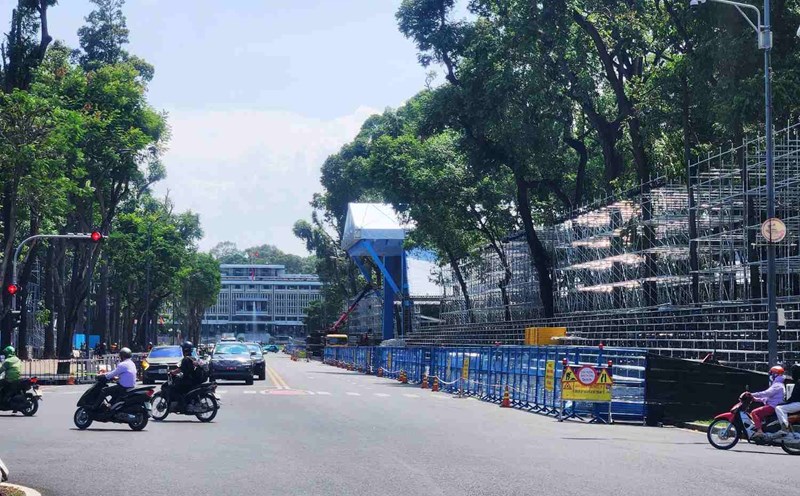Penalty kicks, or a series of penalty shoots, are a game in which the reality is that they can turn dreams into nightmares. Just one kick, a moment of fleetingness in a few seconds, the result will engrave the name of a player on the edge of the history of extreme pain or brilliant glory.
England have a history of grief with penalty shoots, having been eliminated in major tournaments many times in that way. Most recently, the defeat to Italy in the EURO 2020 final was not simply a failure but also led to a series of discriminatory acts against Marcus Rashford, Jadon Sancho and Bukayo Saka, who missed their shots.
For many, the prospect of a neurological test and this focus is scary.
At that time, the weight of the nation's hopes was on their shoulders, a huge burden that even the most experienced fighting experts could collapse.
So what can young players do to increase their ability to relax?
Max, a promising young striker who had to go through a series of fateful penalty shoots in his international debut, shared: "The cheers of the crowd were quiet as I walked from the center ring to the penalty spot. The only thing I could hear was the thunderous heartbeat, which became stronger with each step. After that, I began to doubt my ability.
At that moment, the carefully built habit that Max had been cultivating through countless hours of practice disappeared, replaced by a sense of uncertainty and crazy skepticism.
His mind went wild, recalling the missed times in the past and imagining the next harsh tasks. He tried to think positively, but the more he tried, the worse he felt. With a heavy leg swing, the ball went wide of the post and Max's heart plummeted...
The Plymouth University research team found the need for psychological intervention in sports - a way to equip players with the ability to recover mentally to withstand the huge pressure of penalty shootouts.
Functional image training (FIT) is a creative method combined with self-assessment to create motivation, goal setting and multi-sensory image. It has been shown to be 5 times more effective at taking a penalty kick than practicing traditional mental skills such as positive words.
Multi-sensory imaging is about players using their imagination to visualize, what happens and control emotions. This allows them to prepare for achievements through the habit of structured thinking.
Through FIT, players learn to vividly visualize every aspect of their performance, from the scenery and sound of the stadium to how they can control their anxiety at that time.
They develop a personalized habit: imagining the feeling and weight of the ball in their hands, the precise trajectory they want it to move, keeping calm and controlling their breath as well as the feeling of the ball off their feet - all while practicing deeply with a sense of purpose and motivation.
Imagine Max being equipped with FIT tools, based on his personalization habits. While walking, he calmed down, imagining himself walking at the white spot, the burden of hope of the country fell on his shoulders. He heard the roar of the crowd, feeling the tension in his muscles.
But instead of doubting and fearing, Max's mind was filled with a determination not to be moved. He controls his breath, releases his shoulders, focuses on the goal, sees himself shooting the ball accurately, observes it hooked into the net and stays calm.
This lively spirit practice becomes a way to maintain or enter a flowing state, allowing players to enjoy that moment.
Of course, there are many obstacles in the training process, such as obstacles from "ghost of the past" or "imagiation". But there is still a way to practice, helping players enter their penalty shoots with complete control of their thoughts, turning anxiety and doubt into concentration and determination...









